What is the purpose or goal of a Google search? If you want your website to be among the top search results, you have to know the answer to that question.
Of course, it’s still important to use the right keywords in your text. But ultimately the deciding factor will be whether your content aligns with the searcher’s motivations and needs – also known as search intent.
Searchers have something very specific in mind when they type their search query into Google: a question, a problem, a purchase, or something else.
No matter what it is: If you want your website to appear at the top of the search results, then your site has to tell the searcher: “This is EXACTLY what you’re looking for!”
In recent years, Google has closely geared search results toward search intent. As a consequence, optimizing for intent has become one of the most important challenges for SEOs.
Proper keyword research and keyword usage… Perfect on-page techniques and links… They can only reach maximum effectiveness when your content is optimized for search intent.
In this article, you will learn…
- what search intent really is
- how to determine a keyword’s intent
- and how to perfectly align your content with it.
You’re already familiar with the concept of search intent? Click here to jump straight into the part about optimization.
- Google is getting better and better at recognizing search intent
- What is search intent?
- The power of search intent
- The four categories of search intent
- A 3-step plan for search intent optimization
- Pro Tip: Anticipatory Optimization
- Tips for your content production
- Analyze visitor behavior
- Greetings from the future
- Conclusion
Google is getting better and better at recognizing search intent
This is what Google looked like in 1998.
At that time, Google’s search results already covered different search intentions. For example, a search for “Google” returned the Google homepage, several popular searches, “Why use Google,” “How to use Google,” etc.
There weren’t even any ads, let alone any images or additional features. There were only the “10 blue links”.
This is how the same search engine results page (SERP) looks today:
The search results page no longer only consists of the famous 10 blue links. It’s highly segmented and divided into so-called “packs.” Company information is at the top right. The company’s latest tweets are at #1. Below that are the rest of the search results and “Related Searches.”
With this type of modern search results, Google satisfies a large number of search intentions. For example, some people want to know what legal form the company operates under or when it was founded. Others are interested in the latest news about the company.
As the market leader, Google now knows very well what the majority of all searchers are actually looking for and what they expect to find as a result. Google got much better at correctly interpreting search behavior in the past years. This is largely due to updates such as RankBrain and various developments in the field of NLP.
And we can take advantage of that!
What is search intent?
When the searcher types a word into the search box, they don’t just want to find pages that contain that word. They want to find something that addresses the goal behind their search query. The search intention is “hidden” in the mind of the searcher.
To figure out that searcher’s hidden intention, Google continuously monitors user behavior and adjusts the results accordingly.
To put it very simply: If only a few searchers return to the search results page after clicking on a result, the result seems to have fulfilled most searchers’ search intention.
In other words, if searchers always jump back to Google (instead of staying on your page), the page is probably not helpful and will be removed from the top results. Even if it is better optimized from a technical point of view.
For example, searching for “toothache” won’t return scientific research papers or videos of people with toothaches, but rather pages that will bring the most value to users the moment they’re searching.
Let’s take a closer look at this.
In the screenshot of the search results for “toothache,” different search intentions are marked in red.
In summary, people searching for “toothache” want to know why they have a toothache, how to tell if it’s serious, and most importantly, what to do about it now.
So you have to provide the user with exactly this information if you want to have a chance of being in the top 10.
The power of search intent
A search for “apple” shows how powerful search intent is.
On Google.com, the search results for “apple” only bring up information about the iPhone manufacturer.
The fact that there is a very popular fruit with the same name doesn’t matter. This is the power of search intent.
If Google actually displayed an apple when people searched for “Apple, the company,” which was certainly the case at one time, then nobody would click on it anymore.
People want to see “Apple, the company,” and nothing else. The searchers decide what the search term means.
As a professional SEO, it’s your job to align your content with the searcher’s intent. That’s why you have to analyze the search results page for your target keyword in detail. Then, you must examine the individual results as well, and based on those, decide what exactly you want your content to be about and how it should look (more on that later).
The four categories of search intent
Search queries come in four different categories:
- Informational
- Navigational
- Commercial
- Transactional
Informational queries arise from a need for information.
Examples of informational queries are:
Navigational queries usually have nothing to do with searching for directions on Google Maps – a common misconception. Instead, searchers make navigational queries to go to specific websites or subpages.
Here’s a common example: On Yahoo!, many people search for “Google”. They’re not usually interested in information about the company Google. Rather, they just want to go to google.com.
Additional examples of navigational queries are:
- seobility about us (Where is the “About Us” page of Seobility?)
- site:seobility.net/en/blog/ link building (I’m fairly certain that I saw link building on this blog, but where?)
- GMail login (I’d like to log into my Gmail account.)
When searching for brand or product names, however, it’s often not clear whether it’s an information request or a navigation request.
For example, “Basecamp” could be a search for the company “Basecamp, LLC” or the project management system provided by the same company.
Navigational searches are common. However, they don’t have a very big role in search engine optimization because it’s hard to monetize them.
Commercial queries imply a potential (purchase) decision.
Examples of commercial queries include:
Transactional queries have an action in mind – very often, this is a purchase.
Examples of transactional queries are:
How search intent can progress
In many cases, searchers have to make several queries until they reach their ultimate goal, especially in decision-making processes. (The end goal is often a purchase.)
The initial search intention starts out very broadly and becomes more and more specific from query to query.
The following sequence of search queries provides an example:
Thailand > Thailand Islands > Koh Tao > Koh Tao diving > Koh Tao diving schools prices > Book Koh Tao diving course
Typical search modifiers
You can sometimes recognize which intent category a search query falls into by additional words (modifiers) in the query:
| Informational | Commercial | Transactional | Navigational |
|---|---|---|---|
| W-questions (who, what, etc.) | comparison | Price/cost | brand name |
| advise | experience | buy | product name |
| tutorial | alternative | rent | service name |
| instructions | top | brochure/catalog | subpage name |
| tips | review | now | intitle: |
| learn | attributes/features | participate | inurl: |
| examples | overview | cheap | sign up/login |
However, it’s not always that easy to clearly assign a query to one particular intent. This list only serves as a rough guide. You’ll probably find many more of these modifiers by paying attention to your own daily search behavior.
How search features can help identify search intent
Depending on the search query, Google often displays special search features more frequently with a specific search intention. For example, searching for “directions” always shows the map widget.
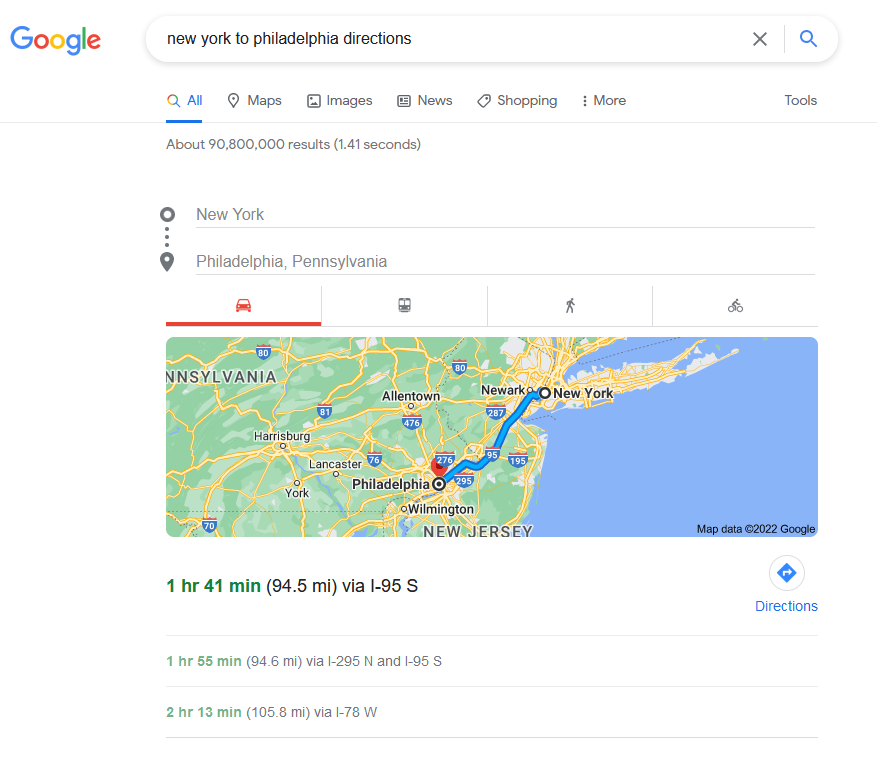
For search queries that contain the word “buy,” Google often shows a carousel of products:
Therefore, when you’re analyzing the search results page, pay attention not only to the results themselves but also to all search features that Google displays.
How to determine the search intent category with Seobility
While modifiers and search features can help determine the search intent category, they are not available for every query. Analyzing them also requires a manual review of the results, which is often not feasible if you’re doing extensive keyword research. For example, if you want to create large lists of keywords for each intent category, it would take a lot of time to search every keyword on Google first.
To avoid this tedious process, you can use Seobility’s free keyword research tool! It will show you the dominant search intent for each of your keywords:
You may see multiple entries here if the SERPs serve multiple intents. This is the case, for example, when a keyword is very generic (e.g. “Italy”) and there may be several intents behind it (e.g. “information about Italy” or “booking a vacation in Italy”).
You can also use the filter to specifically search for keywords that fall into a certain category of search intent:
Pretty handy, isn’t it?
A 3-step plan for search intent optimization
So, assuming you’ve chosen a keyword to optimize for and you already know which search intent category it falls into – how do you create content that not only roughly fits that category, but rather meets the searcher’s exact intent?
Basically, the process is very simple: Take a look at the search results page and all the pages in the top 10-20 results and note:
- Which potential goals of searchers do the results seem to serve?
- Which content formats do the ranked pages use?
- From what angle are the pages written and what purpose do they serve?
By combining these insights, you will get an idea about the content that you can or should write about.
Below, we will go into much more detail. But please don’t let that throw you off. Optimizing for search intent is not rocket science.
It is much more important that you test different content formats, content-related ideas, and perspectives. You’ll be amazed at how well this can work.
Step 1: Document the stability of the search results page
During your research, you’ll inevitably notice something: SERPs can change. Some are stable for years. They always show the same results.
Others fluctuate wildly, maybe even seasonally. With such SERPs, hardly any page stays in its position. New pages are constantly being added. Others are thrown out (and possibly added back into the SERPs again later).
This is because Google constantly tests various factors in the search results. This includes the results themselves, general search features, topics, old versus new results, etc.
Here’s a good example of stable versus unstable SERPs: “cat breeds” versus “cat food”. The SERPs for “cat breeds” don’t change much over time.
Cat food is a different story. There is always some new brand on the market or a new online shop. Sales and trends affect these results, too.
For this reason, you should at least document the SERPs for your most important keywords. Create screenshots of the search results on a weekly basis and then compare them over time to get a feel for how stable the SERPs are.
This begs the question: How does SERP stability affect your optimization strategy?
As a rule of thumb, stable SERPs are harder to conquer. With unstable SERPs, your site has a better chance of replacing another site in the search results. However, your page could potentially be replaced just as quickly.
On the other hand, if your site makes it into a stable SERP category, you will obviously benefit for longer.
Tip: It’s easier to get to the top of the search results if you optimize for long-tail keywords. For example, use “oatmeal peanut butter no bake cookies” versus “no bake cookies.”
It’s also important to keep this in mind: Current events of all kinds – i.e. news, changes to the law, new product releases, and/or political events – can drastically change the search results page/s at any time. That’s why you should regularly check the SERPs for your most important keywords.
Step 2: Set content format and angle
Next, you’ll want to start your content planning. Two things are particularly important to consider:
- The content format
- The angle or message of the content
Both points are important if you want to fulfill the search intent.
Usually, you can recognize the most common content format on the SERP. But if you’re not sure, you should check all the pages that appear in the top 10 to 20 search results.
Example: Content formats for “DIY table”
Let’s take a look at an example.
When searching for “DIY table”, you’ll find the following content formats on the first SERP.
-
- A short video section gets top billing for this search. It’s common to see videos take the top spot in DIY searches.
-
- Secondly, there is a carousel of images. Notice also the menu at the top, which is similar to the search menu on Pinterest. There’s also a listicle below this entry.
-
- Below the listicle, you get the “People also ask” feature. Cheap and easy DIY tables rule the day here.
-
- More videos here. What’s noteworthy about this entry is that Google highlights 10 key moments in the build so that DIYers can see the different steps involved. It’s an at-a-glance feature that ever-busier searchers likely appreciate.
-
- Another listicle of DIY table project ideas. And also Pinterest gets its due here.
-
- On the last positions, you’ll find a website similar to Pinterest, two other lists of DIY table ideas, and a tutorial.
This SERP makes it very clear that people searching for “DIY table” are looking for inspirational ideas and easy tutorials. So in terms of content format, you could either choose a guide, preferably broken down into steps with lots of images or series of images, ideally supported by a video. Another way into this SERP could be a listicle or image gallery that provides lots of inspiration for the aspiring builder.
Examples of content formats
There are many different content formats to choose from. Here is a brief overview without any claim to completeness.
We have classified the content formats based on how well they can serve each category of search intent.
- ✪ Less suitable
- ✪✪ Well-suited
- ✪✪✪ Very well-suited
| Content format | Informational | Commercial | Transactional |
|---|---|---|---|
| News & reports | ✪✪✪ | ✪ | ✪ |
| Feature stories | ✪✪✪ | ✪ | ✪ |
| Commentary and other opinion pieces | ✪✪✪ | ✪ | ✪ |
| Interviews | ✪✪✪ | ✪ | ✪ |
| Portraits | ✪✪✪ | ✪ | ✪ |
| Viral content (videos, images, and text) | ✪✪✪ | ✪ | ✪ |
| Visual assets (infographics, charts, sketches…) | ✪✪✪ | ✪✪ | ✪✪ |
| Tools and templates | ✪✪✪ | ✪✪ | ✪✪ |
| Quizzes | ✪✪✪ | ✪✪ | ✪✪ |
| Studies and surveys | ✪✪✪ | ✪✪ | ✪✪ |
| Instructions and training | ✪✪✪ | ✪✪ | ✪✪ |
| General guides | ✪✪✪ | ✪✪ | ✪✪ |
| Comparisons and reviews | ✪ | ✪✪✪ | ✪✪✪ |
| Lists (rankings, listicles) | ✪ | ✪✪✪ | ✪✪✪ |
| Buyer’s guide | ✪ | ✪✪✪ | ✪✪✪ |
| Free consultation or assessment | ✪ | ✪✪ | ✪✪✪ |
| Customer reviews | ✪ | ✪✪ | ✪✪✪ |
| Testimonials | ✪ | ✪✪ | ✪✪✪ |
| Demos and samples | ✪ | ✪✪ | ✪✪✪ |
| Catalogs | ✪ | ✪✪ | ✪✪✪ |
| Case studies | ✪ | ✪✪ | ✪✪✪ |
| White paper | ✪ | ✪✪ | ✪✪✪ |
| Webinars | ✪ | ✪✪ | ✪✪✪ |
| Lectures and events | ✪ | ✪✪ | ✪✪✪ |
| Calculators | ✪ | ✪✪ | ✪✪✪ |
Of course this overview is only a suggestion. It could also be possible that a product can be sold through an interview, for example.
But in practice, this is rather unusual. After all, very few people read an interview because they’re looking to buy something.
On the other hand, no one will be looking for a definition of a scientific term in a product review. It’s possible that one is hiding in there, but it’s unlikely that someone is specifically looking for that information there.
The content angle can be crucial
Choosing the right content format is not always enough to meet search intent. Your content’s unique perspective or angle can also be crucial.
In an interview, Clearscope founder Bernard Huang mentions the “learn to code” SERP as an example.
Should everyone learn to code? Certainly not.
TechCrunch argued this way back in 2016 and their article is still in the top 10 today although it’s much different from what you’ll usually find in this SERP. This shows that it’s also possible to get a top position by offering an alternative perspective. (The full interview with Ross and Bernard is very informative: Search Intent Perspectives w/ Clearscope’s Bernard Huang.)
However, there is a less risky strategy: Create content that would fit into Google’s current results. Google already shows you the results it considers relevant. There’s no need to reinvent the wheel.
How to find the right angle for your content
Let’s take the keyword “bake bread” as an example.
On the top positions for this keyword, you’ll find the following content angles (highlighted in bold):
-
- In the recipe gallery at the top there is something for beginners, as well as tips for baking an artisan bread recipe.
-
- Below the “People also asked” box, there are two recipes focused on baking bread easily.
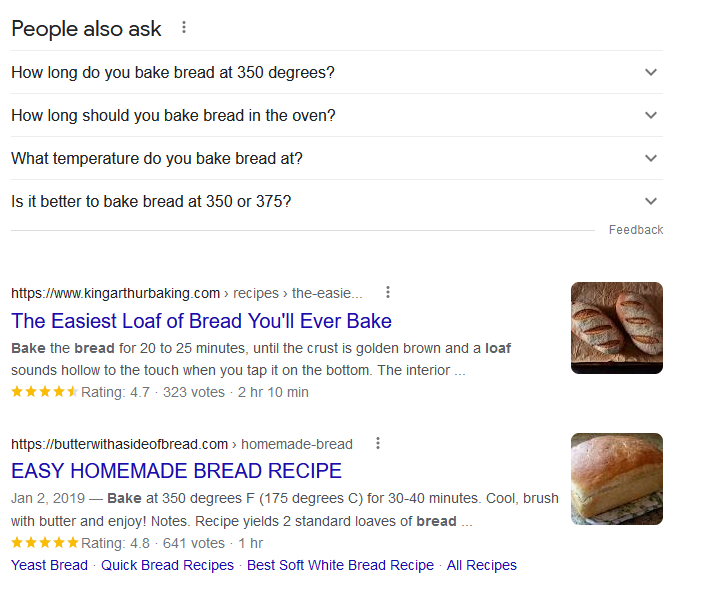
-
- Next, there’s a recipe for homemade bread (promising the “taste of home”).

-
- The video section provides easy and fast recipes for beginners.
-
- Right below another artisan bread recipe video, you’ll find “the science of baking bread”. This result deviates a bit from the norm and gives searchers a small chemistry lesson, covering the perfect conditions and procedures for baking bread.
-
- The last two results include a collection of multiple bread recipes and an easy no-knead recipe.
So in summary we have: bread recipes for beginners, baking artisan bread, easy and fast bread recipes, bread that tastes like home, and the science of baking bread.
Of course, you don’t have to cover each one of these angles to make the top 10. It is often enough to focus on one or a combination of a few perspectives.
From these perspectives, you could choose a title like…
- Baking Bread for Beginners – The Fast and Easy Way
- Even Beginners Can Make This Artisan Bread Recipe
- Use This Scientific Method if You Want to Bake Perfect Bread
- Finally, there’s one perspective that may be missing: “Baking Bread Like Grandma Used To Make” or “Traditional Family Recipes For Baking Bread”. Does this angle have a chance for the main SERP or only for the long tail? You can only find out with a test. However, this strategy is very risky because we don’t know if this angle fits into this SERP. But it doesn’t seem impossible and that’s why it’s so important to keep experimenting.
Step 3: Analyze the top ranking pages in detail
In addition to the SERPs, you should also analyze the content on the top ranking pages in terms of content length/depth, media usage, topics covered, etc. These insights will show you what you need to do to get your pages into this SERP as well.
This means you have to read the articles, look at all the pictures and videos, and evaluate the articles’ format and perspective. Then, create a summary of the most important facts presented.
It goes without saying that this is not possible if your website has thousands of subpages (for example, SeriousEats.com).
In such a case, it’s more about finding a good general recipe and possibly focusing on the search intent behind the 10 – 100 most important keywords.
For more inspiration for your writing, you can also take a look at the “Related Searches” at the very bottom of the SERP.
This list gives you some additional perspectives – for example, people who want to bake crusty bread recipes, what temperature to bake bread Celsius, and how to bake bread without an oven. (I tried this last one. All I can say is: DON’T do it.)
It’s a good exercise to check whether each page in the top 10 actually addresses each of these points. Consider including the most important points in your own content as well.
Pro Tip: Anticipatory Optimization
Generally, we recommend that you identify the dominating intent of a search term and then create a dedicated page for that – be it text, image, video, a product page, etc. This way, you’re playing it safe with Google by giving the search audience what it wants. Remember, it’s the searchers themselves who decide what’s most relevant to the search.
But if you have access to a crystal ball or you expect changes to certain SERPs in the future, then you may want to address this. In this case, you could create a page ahead of time for the changes you anticipate in the SERPs.
Granted, this isn’t the easiest way to optimize for search intent, but many professional SEOs do it, so it’s not out of the realm of possibility.
Tips for your content production
We have already covered the topic of content production in a separate article. That’s why we’re only going to take a quick look at some of the most important things to keep in mind as you create content for a specific search intention.
- You’ve already determined the search intent. Now give searchers what they want!
- Use scannable headings. The visitor should be able to scroll up and down your page within a few seconds and get a very good idea of whether or not it actually contains the solution to his search query. This greatly increases the likelihood that the searcher will spend more time with your site. More importantly, it signals to Google that your site is a good search result.
- Break up long sections of text into headings, lists, citations, comment boxes, TL/DR summaries, other summaries, tables, and other elements.
- A table of contents can also provide an overview.
- Keep it short. Use simple words. Get right to the point. Be clear. (Scannable Content Guide)
- The most important information comes first.
- Use high-quality imagery and visual assets (i.e. videos, charts, illustrations, infographics, interactive elements, etc.). Describe in captions what’s in the image/element, or what is important.
- Tell searchers what their next step should be once they’re “done” reading your page. For example, if the search intent was “to learn something,” then why not add a quiz to support the visitors’ learning progress? The longer a visitor interacts with a page, the better. You want to avoid having the person go back to Google to search again.
- Create only one page per search intent. Don’t try to fit too many ideas into one post or optimize for multiple search intents at once.
Analyze visitor behavior
So… You got your wish. Your site is in Google’s top 10. Don’t celebrate just yet. Your work isn’t done.
Visitors to your site want to get to the goal as quickly as possible, be it filling out a form, adding something to their shopping cart, clicking on a button or link, taking a survey, playing a game, or even clicking on an ad. Whatever it is the visitors are looking for, they need to find it quickly.
If your visitors give any indication that something is wrong – they can’t find something, they jump back to the main Google search, or they search your site’s navigation for a long time – then, you need to find out what your page is missing.
There are tools to analyze the issue. Google Analytics provides general data in this case. When it comes to watching how a visitor interacts with your site, there are also tools like Hotjar. This tool allows you to record a user’s entire visit and play it back later.
Finally, you also need a good portion of intuition and empathy. As we already mentioned, search intent is not rocket science. After all, many searchers do not know exactly what they actually want from Google. They experiment while they search. And you should experiment with optimization, too.
Greetings from the future
Do you think that “simple” optimization for search intent is enough?
Far from it. The future is just around the corner.
In the article “MUM: A New Ai Milestone For Understanding Information,” Google engineer Pandu Nayak teases that Google is already working on solutions for predicting how complex sequences of search queries can be better answered.
For example, you climbed Mount Adams last year. This year, you’ll climb Mount Fuji and you want to know if there’s anything you should do differently while preparing for the trip. For such complex searches, people need about seven or eight queries on average, according to Pandu.
An expert who has climbed both mountains several times can probably provide the answer immediately.
This is exactly where Google wants to go. The MUM or “Multitask Unified Model” optimizes Google’s algorithm so that even such complex problems can be answered with significantly fewer searches.
So if you think that optimizing for a search intent is quite complex, then buckle up, Buttercup. You ain’t seen nothing yet.
Mind blowing, right???
Conclusion
The fight for good rankings has become more difficult in recent years. Even if you have a great backlink profile and you’re using technical SEO best practices, it’s unlikely that you’ll gain and maintain good rankings across the board.
Google cares a lot about search intent. It’s no longer just “Here’s a page with the words you’re looking for” but “Here’s a list of pages that will solve every potential problem you might have when searching for that exact phrase.”
Optimizing for search intent is essential in SEO today. Most industry experts agree on that.
But don’t forget that this is a process. If you want to rank #1, you might need several attempts. Testing is key.
Good luck with that! 🙂
Did I forget any important tips? Let me know in the comments.
Want to learn more?
If you’re really motivated now and want to learn more about search intent, here are a few recommended resources for you.
Hyper-Practical Analysis
How To Decode Search Intent and RANK for More Keywords by Adam Enfroy
This video describes a very practical approach for how to think about search intent during optimization.
Search Intent Worksheet
simplifiedsearch.net has a PDF file called Search Intent Exercise. It’s very cool.
If you use it a couple of times, you’ll quickly learn how to work without it.
Emotional Search Intent
On “Think with Google”, there is a fascinating case study called “Same Search Terms, Different Intent.” As it turns out, almost every search is accompanied by one of these six emotions:
- Surprise me
- Help me
- Assure me
- Teach me something
- Impress me
- Excite me
What combination of these emotions do you think your content should focus on?
(This article was originally published in German and translated into English by the Seobility team.)

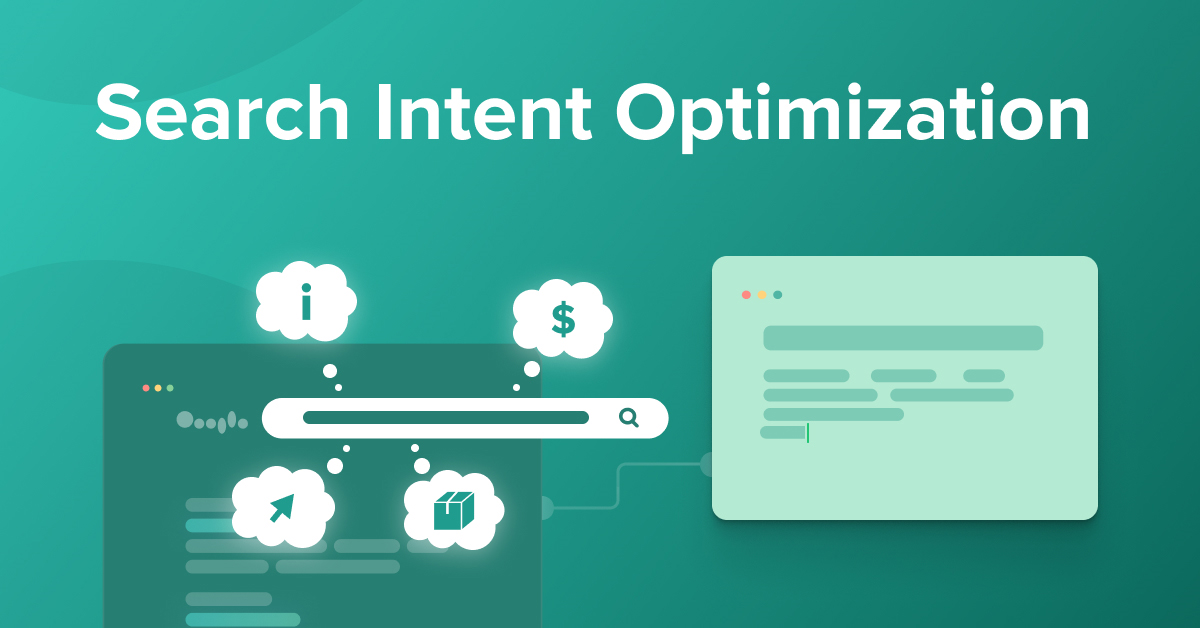
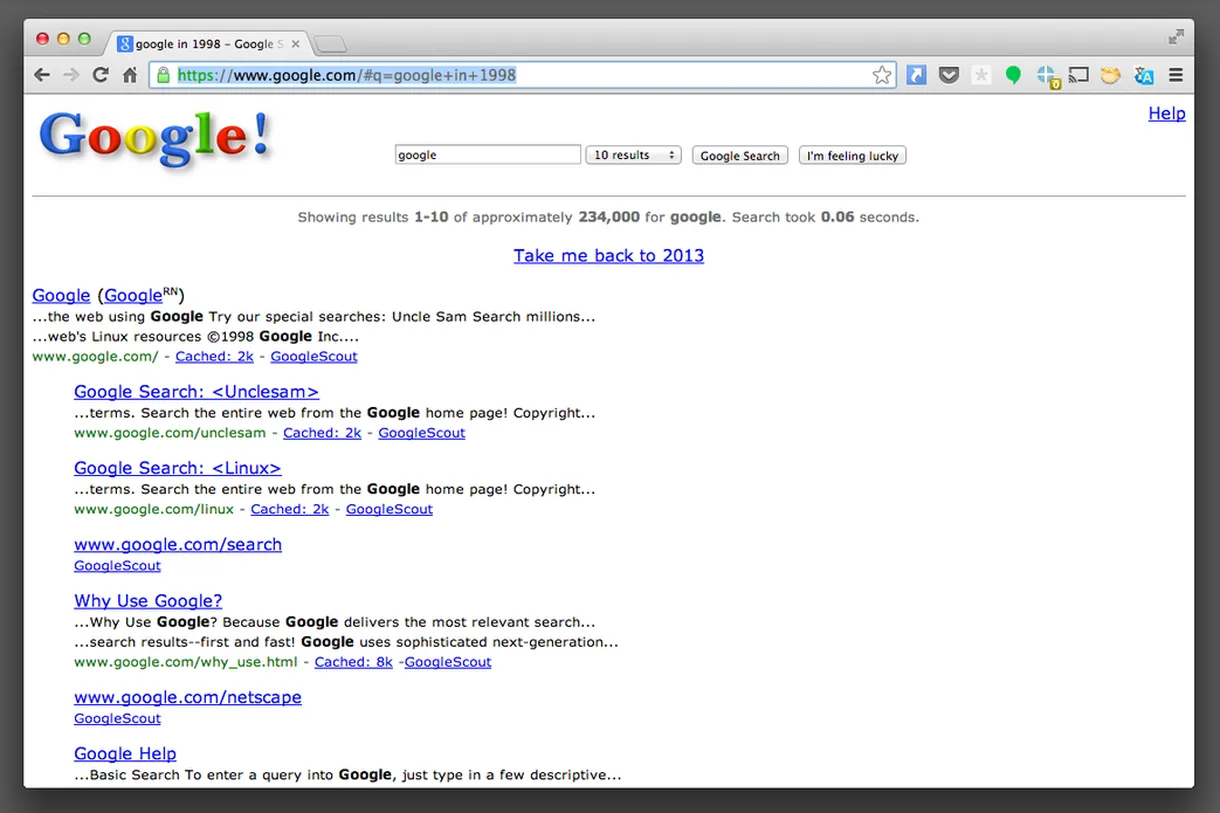
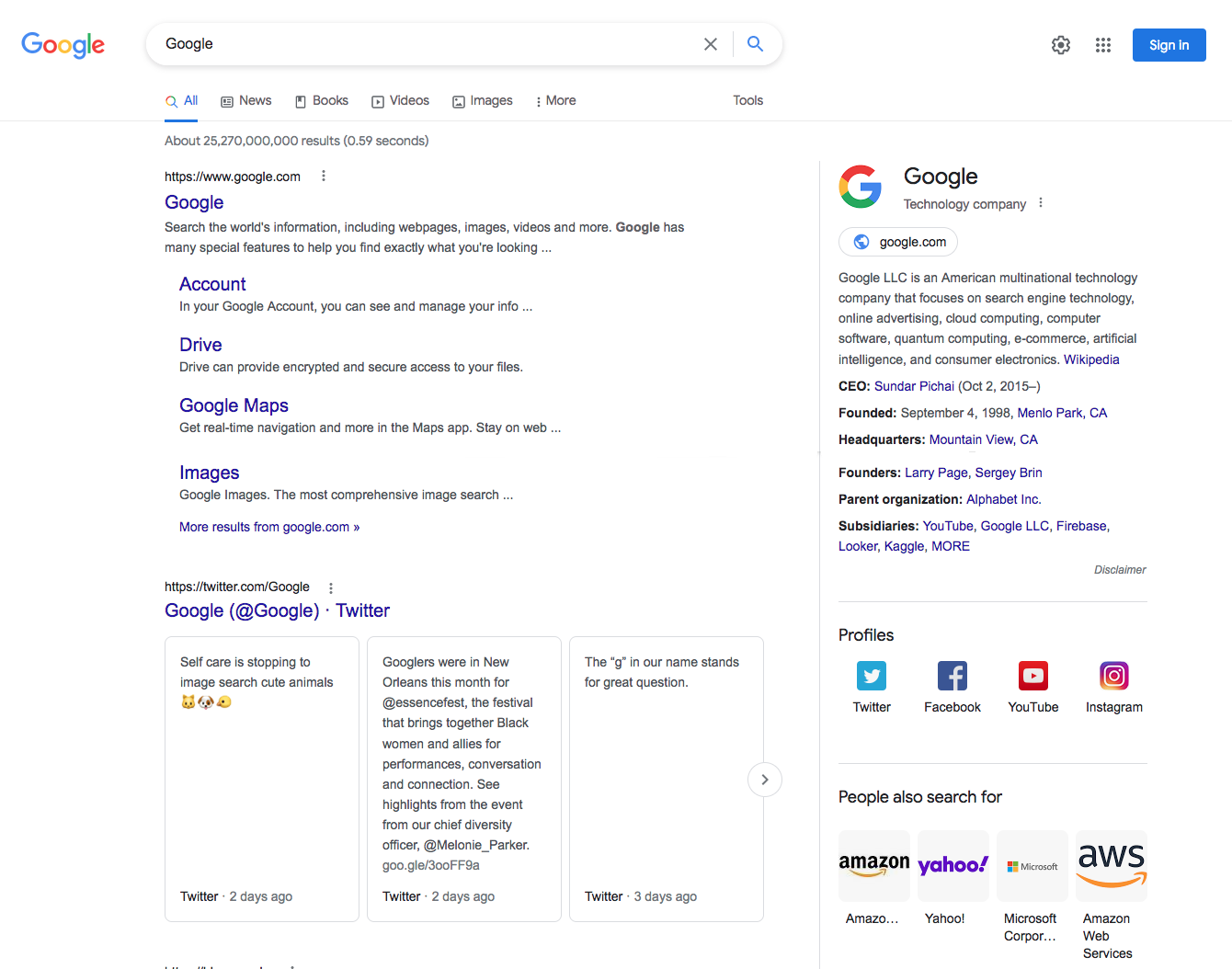
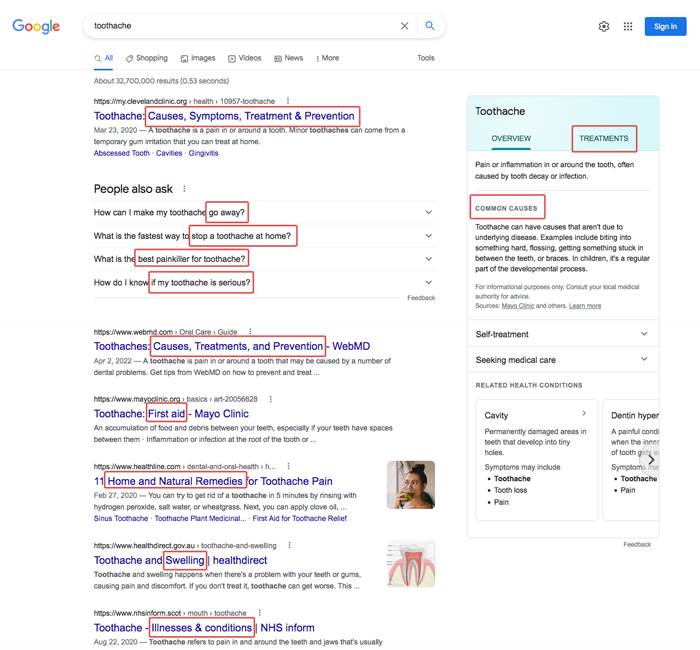
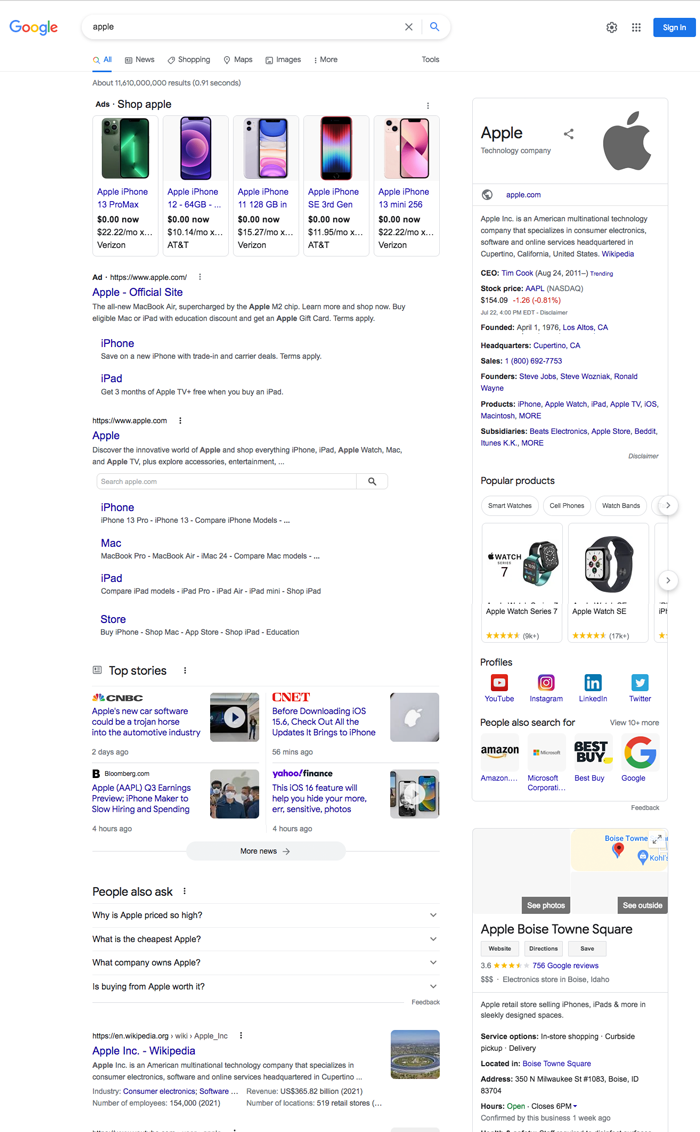
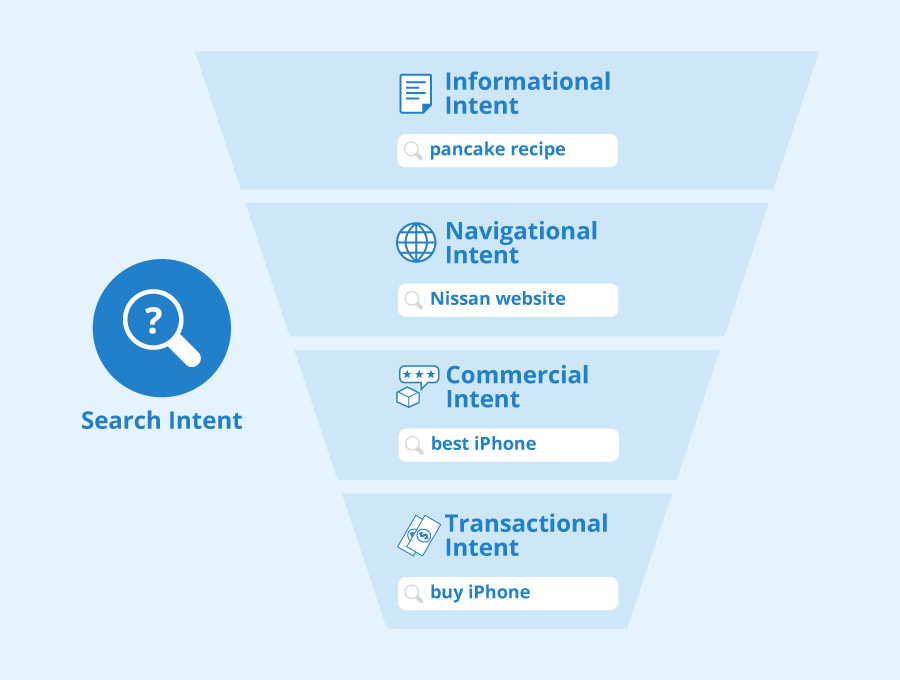
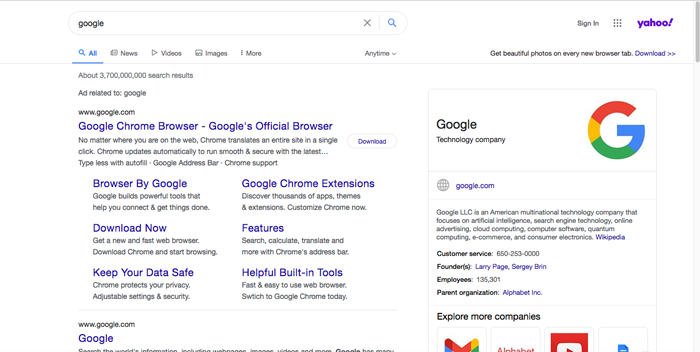
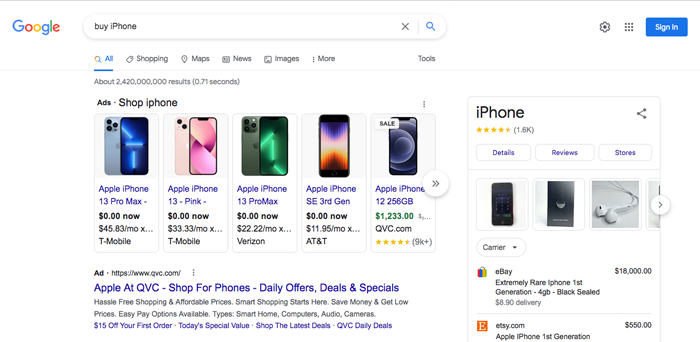
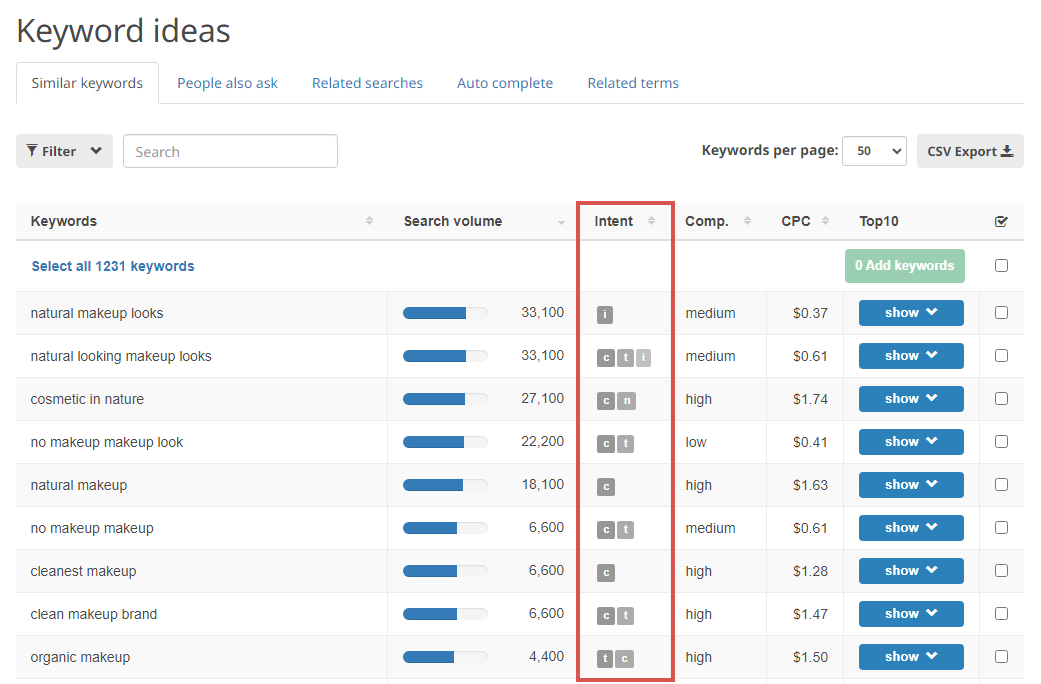
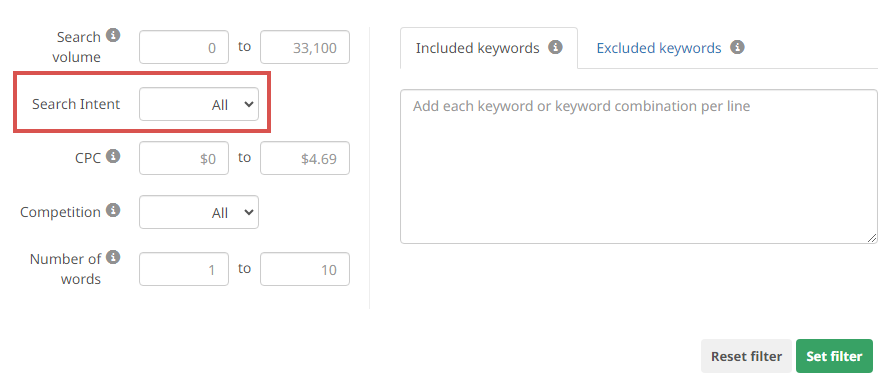
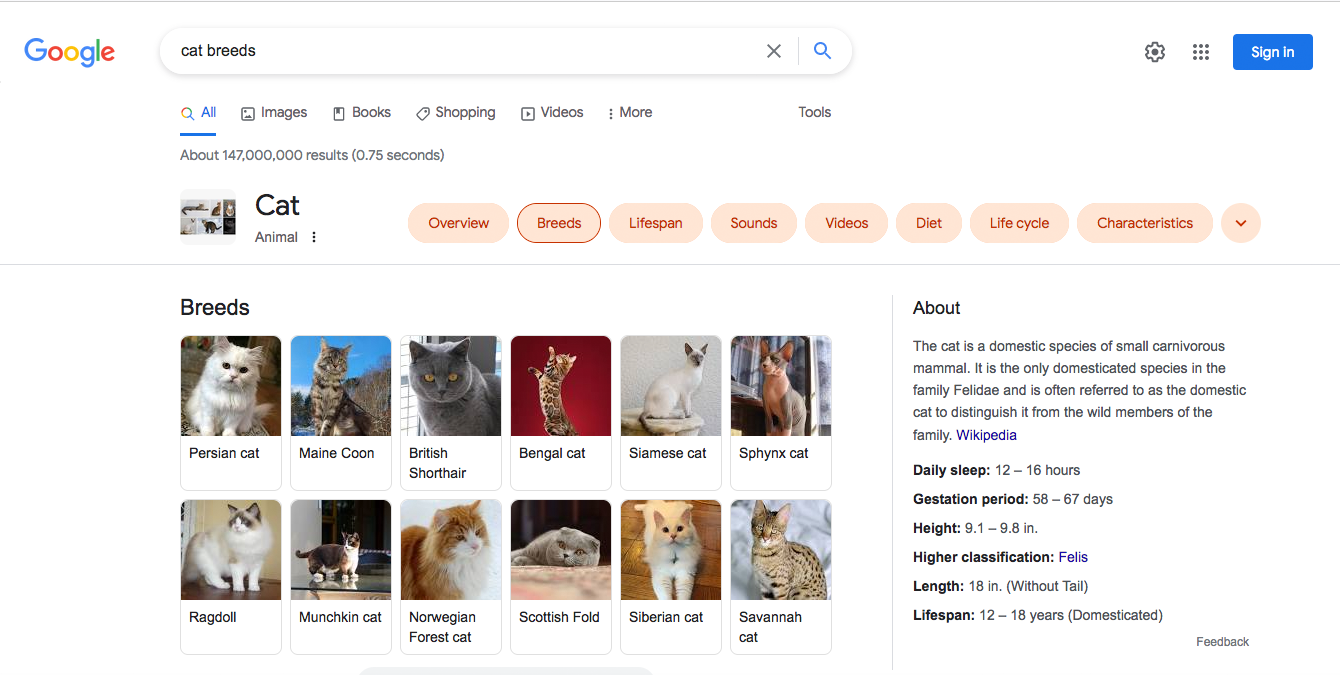
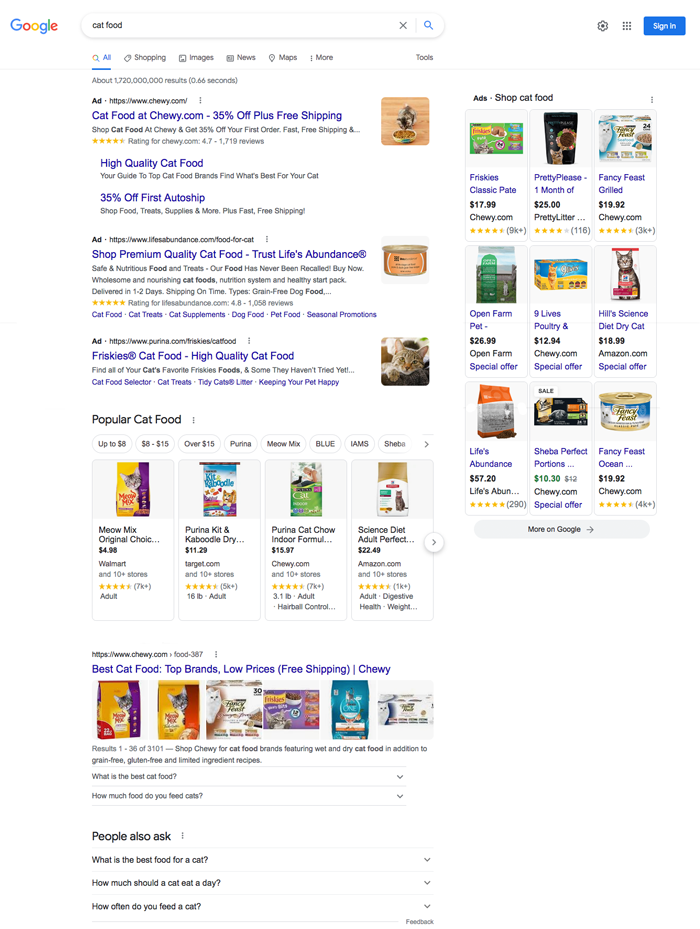
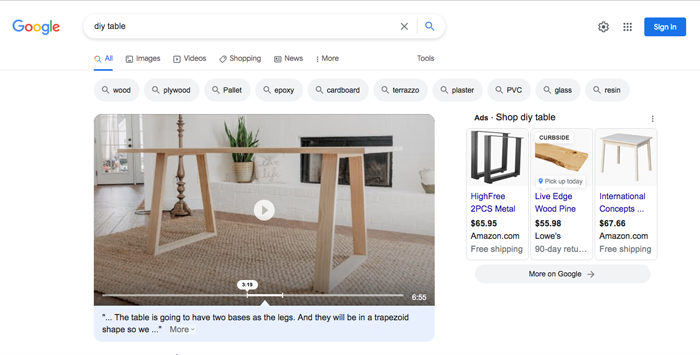
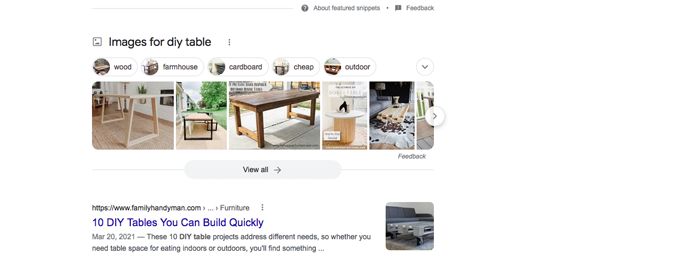

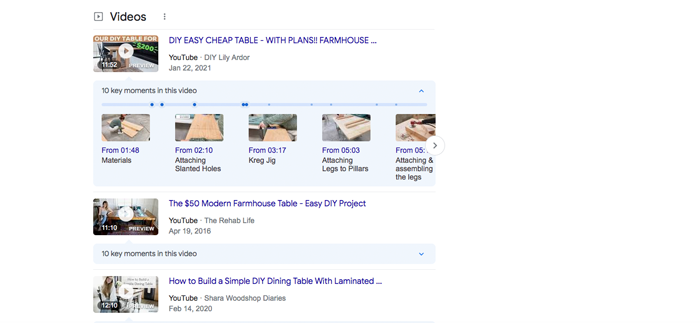
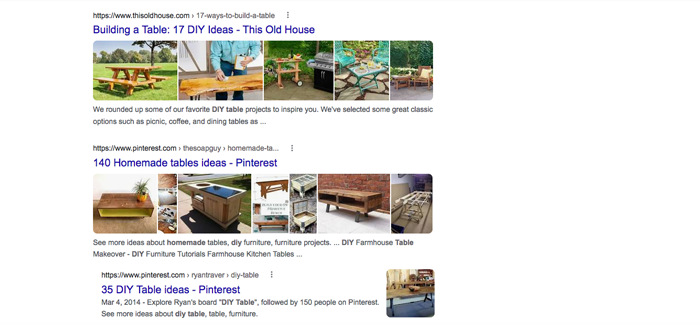

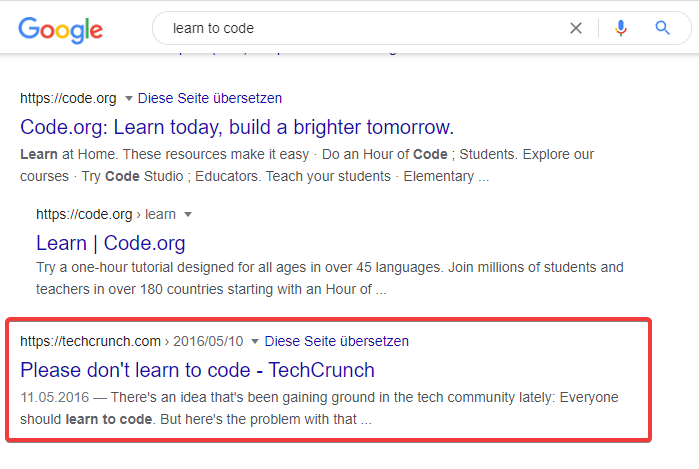
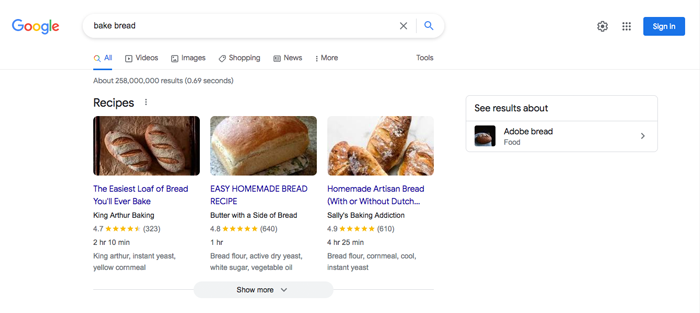
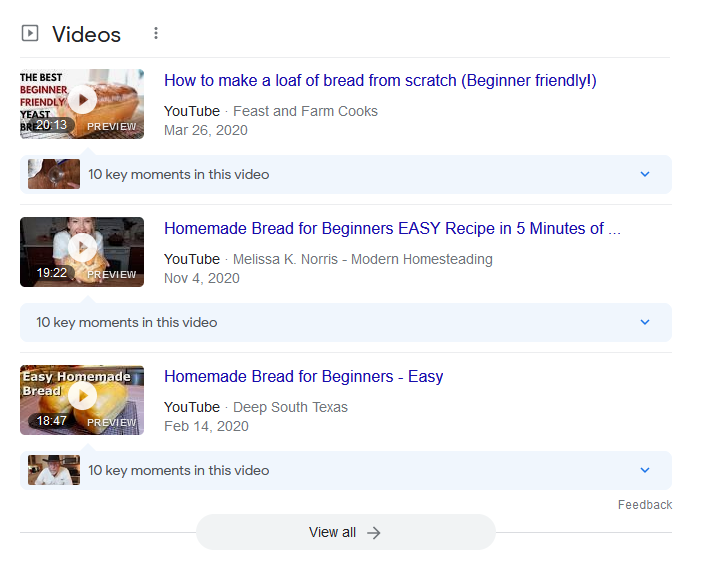
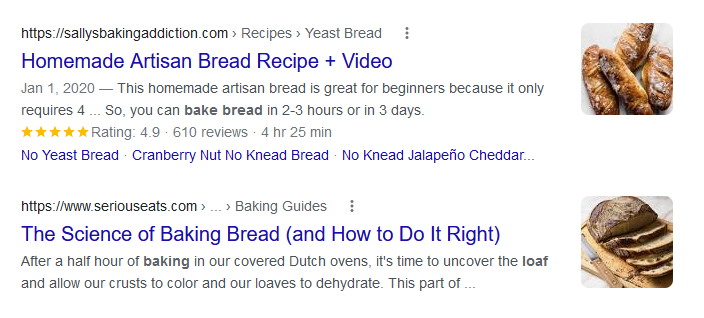
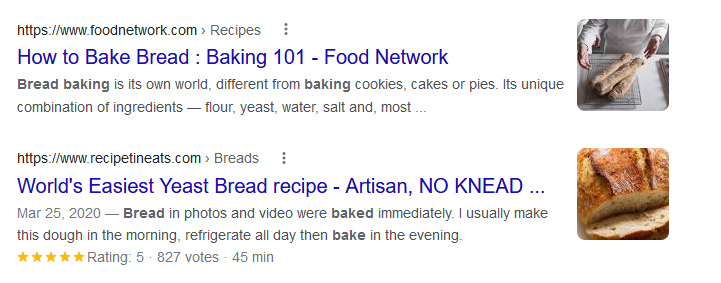
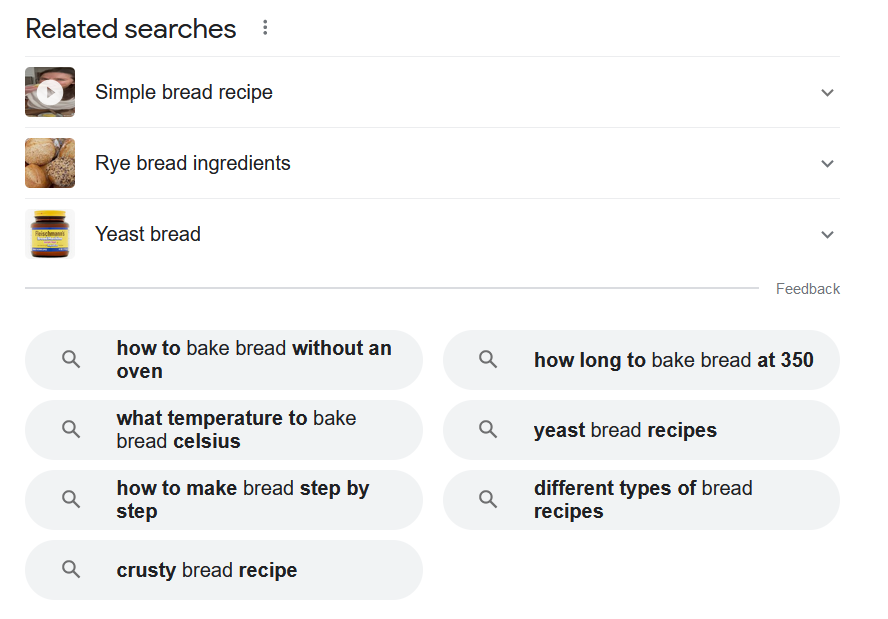
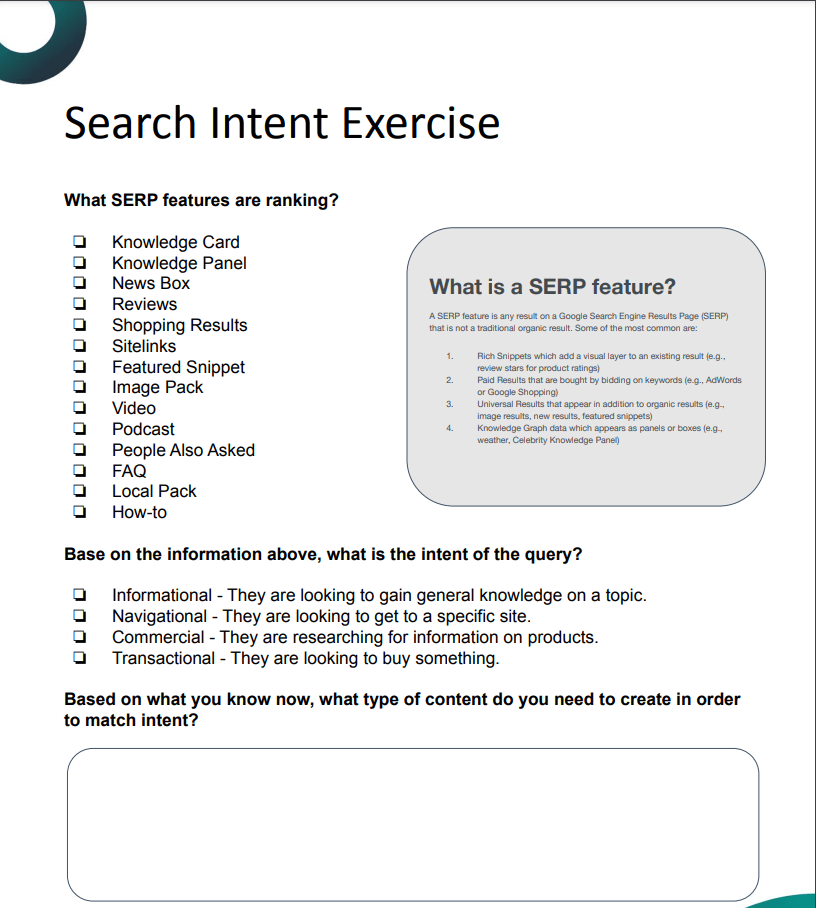

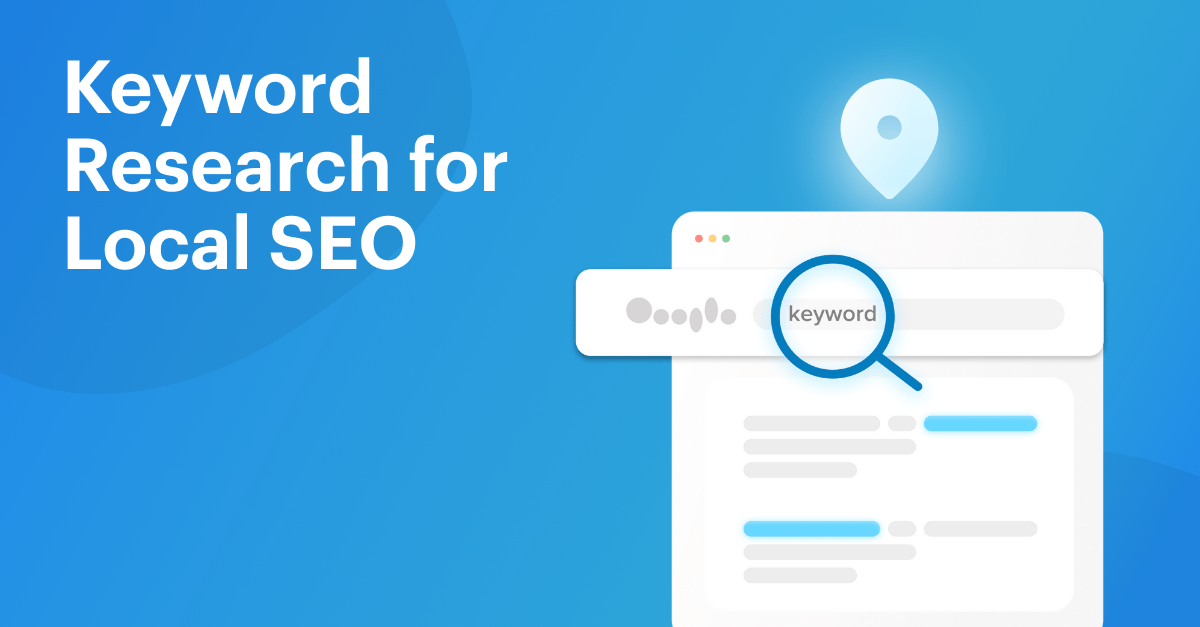
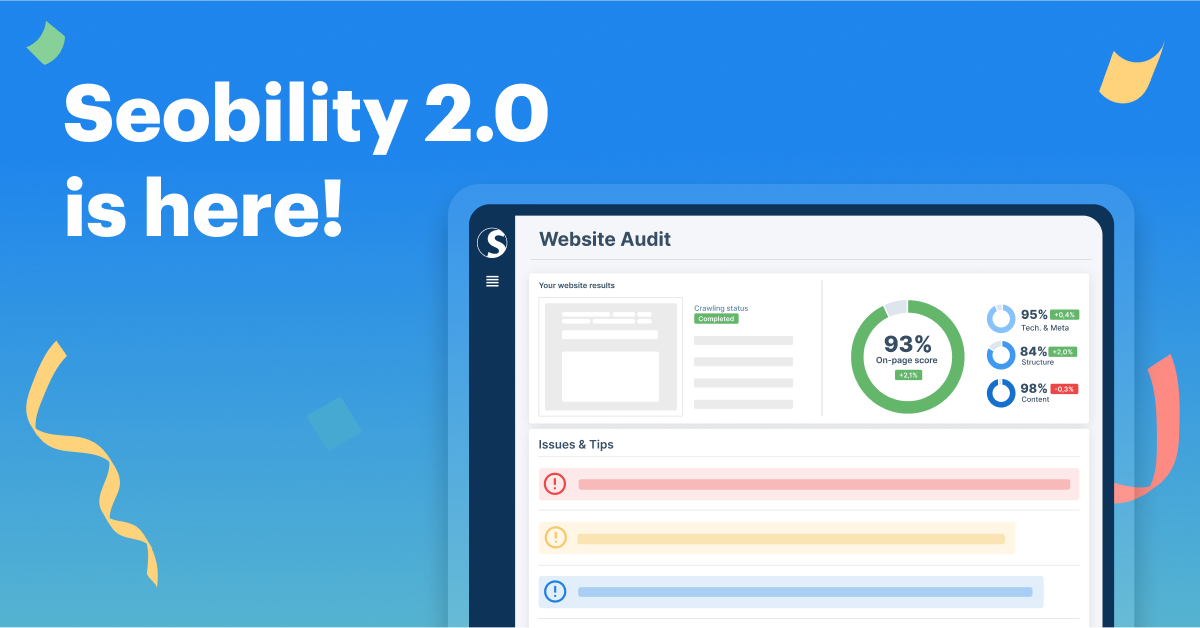
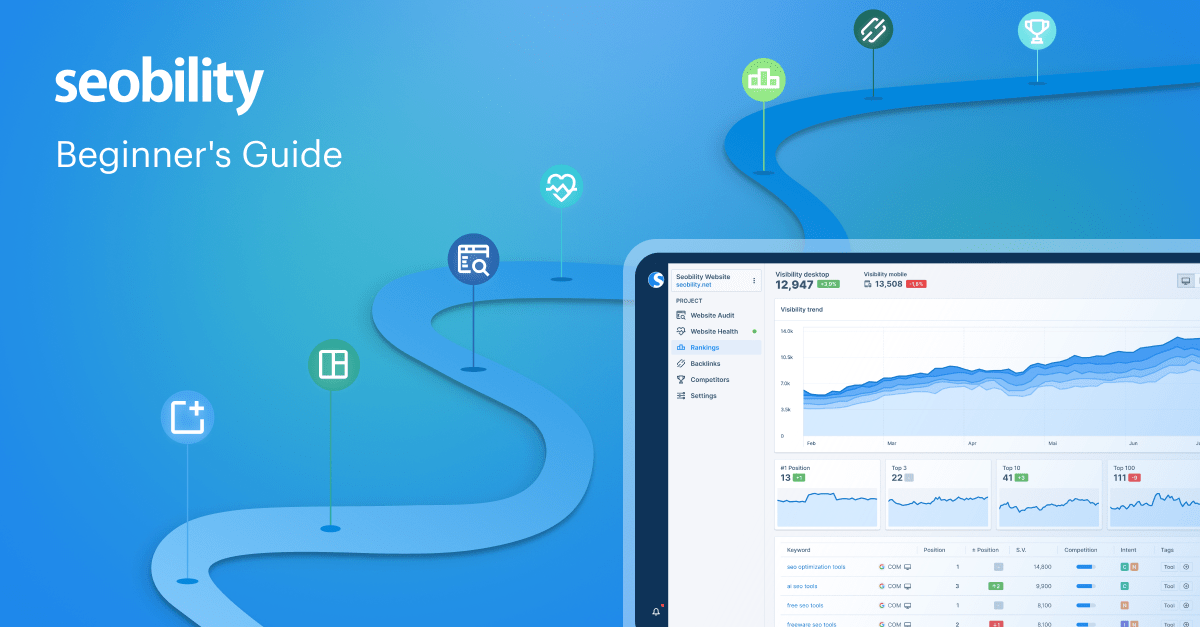
Thanks for sharing, and the pdf. I will start to use it.
You’re welcome, Robert! And good luck with optimizing for search intent!
Thanks for this info.
When looking at search intent results, what would be an ideal score? We get a ranking of 5 with a search term value of 880, yet the search intent is below 50% for both Commercial and informational.
And is it possible to have all 4 categories, each ranking in the high %?
Hi Steve, thanks for your comment. It seems like there’s a small misunderstanding here. The search intent percentage does not express how well your website ranks for a keyword. It is a relatively static value that indicates which search intents are most common in Google’s search results for a keyword. For example, are the results on Google mostly informational articles? Or do they mostly consist of transactional product pages? This value is independent of your position for that keyword, as it refers to all search results on Google.
We hope this makes it clearer. Let us know if you have any further questions!